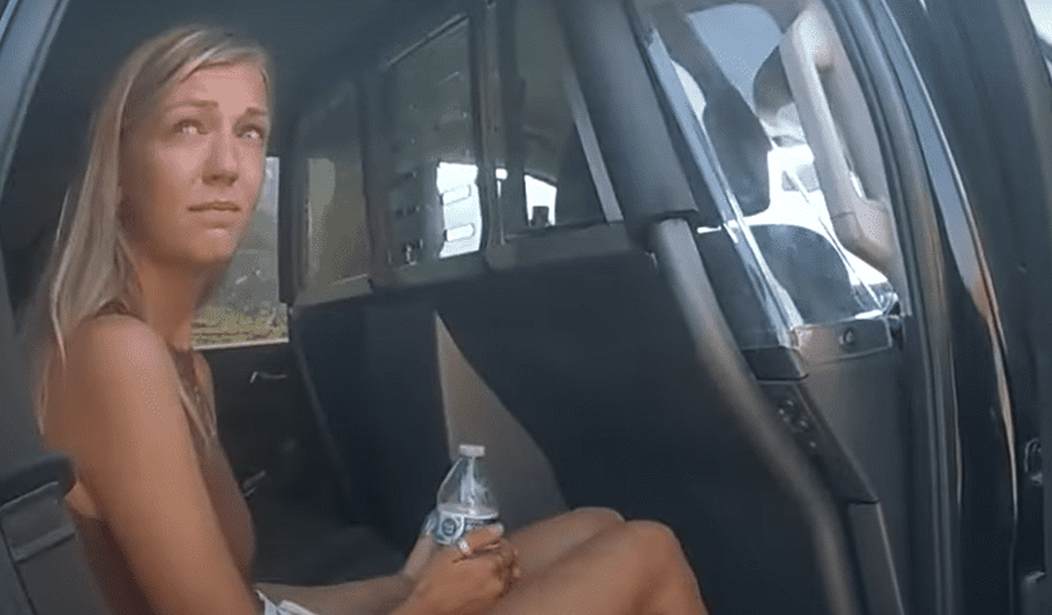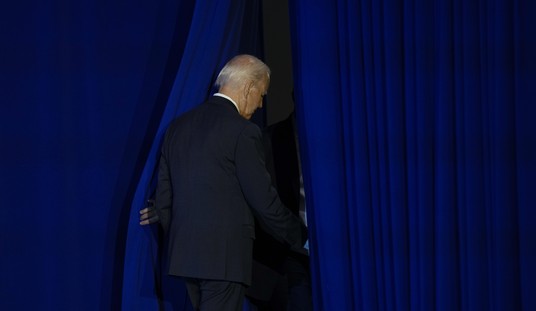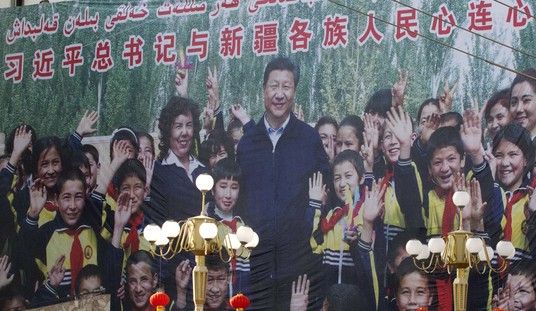Laci Peterson. Amber Hagerman. Elizabeth Smart. Chandra Levy. JonBenet Ramsey. Natalie Holloway.
Many Americans have heard of at least one of these names which became prominent over the past few decades. These are women who went missing under suspicious circumstances. In most cases, they met a tragic end similar to that of Gabrielle Petito.
It is not difficult to see what each of these women has in common. In fact, there is now an ongoing debate over the fact that the media typically highlights cases in which white women and girls go missing while mostly ignoring similar cases involving black and brown women. These news stories are far more likely to gain nationwide coverage than those that involve minorities.
This tendency on the part of the media has been dubbed “Missing White Woman Syndrome.” Media activists like MSNBC’s Joy Reid are using this term amid the ongoing news coverage of the Petito case. During a recent broadcast, she said:
It goes without saying that no family should ever have to endure that kind of pain. And the Petito family certainly deserves answers and justice. But the way this story has captivated the nation has many wondering, why not the same media attention when people of color go missing?
NPR published a piece in which it referenced a 2016 study conducted by Zach Sommers, a sociologist who studies crime. His team analyzed news coverage of cases similar to Petito’s by major news outlets like CNN, the Chicago Tribune, the Atlanta Journal-Constitution, and the Star Tribune. He compared their coverage to the FBI’s national database of missing persons and found that “white women were much more likely to be the subject of news coverage relative to their proportions among missing persons.”
Sommers noted that while white women constitute about a third of the national population, “half of the articles in the data set are just about white females alone.”
His study also found that the “coverage of missing white women was different in intensity,” meaning that these news outlets were “more likely to repeatedly report on particular stories of missing white women.”
Speaking of CNN, they published a piece on Thursday referencing Sommers’ study. But the report also pointed out:
According to 2020 FBI data, Black people make up 35% of missing persons reports but only 13% of the US population. White people, meanwhile, make up 54% of missing persons reports and 76% of the US population.
The racial bias the media has displayed in missing persons cases has been a point of contention in the black community for decades. Even as a kid, I noticed the difference in how cable news organizations cover these stories and heard adults complaining about the disparity.
Last year, I wrote a piece about a group of black Chicago activists who launched a campaign designed to bring awareness of black kidnapping victims. They argued that one of the most significant contributors to the problem is the fact that the media neglects to give these stories the attention they deserve.
The problem isn’t that the media covers white women – people like Petito deserve to have their stories told. Moreover, it would be unreasonable to assume that major media outlets could cover each separate missing persons case. However, the fact that the press ignores every group except white women is an issue.
That being said, Joy Reid, CNN, and NPR are completely full of it.
In fact, none of these media activists pretending to clutch their pearls about the lack of coverage of minority women who go missing actually care about the issue. People’s actions tend to reveal what they truly care about and in this case, the proof is in the proverbial pudding. The reality is that the media is complaining about the media not covering stories about missing minority persons.
If each of these media organizations and personalities actually viewed these disparities as a problem, they would use their vast platforms to bring attention to black and brown women who go missing. It would be easy. They could do regular segments on the matter. They could do yeoman’s work in contributing the solution.
But they don’t.
As soon as the Petito case is resolved and the nation moves on, each of these people will go back to doing what they do best: Pushing their political agenda. Meanwhile, the stories of the people they pretend to care about will continue to be ignored – until the next white woman goes missing and they eagerly pounce on the opportunity to push racism again.














Join the conversation as a VIP Member